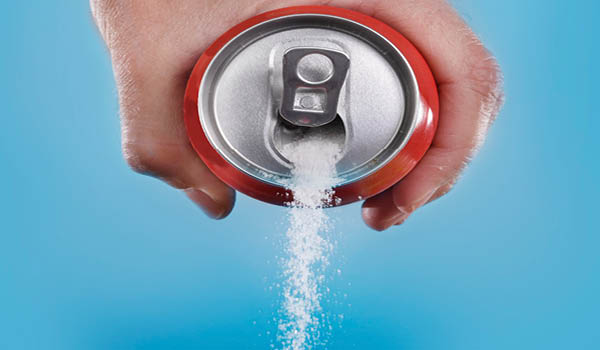With increased attention on sugar and its impact on the food and beverages market Euromonitor International addressed the question, “Is there such thing as an ‘anti-sugar consumer’?” in a recent webinar.
Presented by Euromonitor International’s senior nutrition analyst, Lauren Bandy, the webinar looked at how trends in packaged food and soft drinks have influenced sugar consumption, what the forecast is for the next five years, the potential for reduced-sugar products and what effect the “anti-sugar movement” is having on manufacturers, consumers and policy makers.
While Australians are increasingly aware of the health dangers of excess sugar consumption, Euromonitor International research suggests worldwide sugar consumption – which is at levels above that recommended by the World Health Organisation (WHO) – will continue to rise.
The average global sugar consumer is expected to purchase an additional three grams of sugar per day by 2019 (compared to 2014). The average consumer in Australia and New Zealand (ANZ) is consuming 94 grams of sugar per day from packaged foods and soft drinks. This compares to the US with 127 grams per day, India with 5 g and China with 17g. In 2015 Australian consumption of soft drinks amounted to 145 litres the per capita.
Is there an anti-sugar movement?
With so much activity in the reduced-sugar market, it is interesting to consider if there is a wider anti-sugar consumer movement. Reduced sugar products currently represent less than one per cent of total sales and while Western Europe is seeing some decline in consumer consumption of sugar, Australasia is still showing some growth.
According to Euromonitor, health and wellness packaged foods, those foods claiming to be fortified, organic or towards the needs of those with food intolerances, have seen three per cent year on year growth over the past five years, with soft drinks achieving around four per cent growth.
Euromonitor research indicates there is not an overall strong anti-sugar movement and despite increasing consumer awareness many consumers are continuing to consume more than the recommended amounts.
Factors driving food and beverage trends in 2016
When it comes to consumers, the eight key factors driving food and beverage trends are: health, convenience; value, indulgence, sustainability and lifestyle. Of these, health and indulgence show some polarisation with a clash between consumer trends towards ‘better for you’ products and the consumer demand for taste.
Recent high profile product releases have attempted to satisfy consumer demand for products that are both ‘better for you’ and offer taste satisfaction. In particular Coca-Cola Life and Pepsi Next, both products that use the plant-derived sweetener, stevia. Stevia has featured heavily in many of the new product launches, with an increase of 50 per cent globally in the last five years (coming off a low base).
While Coca Cola Life appears to have been more successful than Pepsi Next. Nevertheless, with sales of AUD $40 million, Coke Life is dwarfed by other Coke products. Other recent launches include Ocean Spray’s Low Sugar Cranberry Juice, Nexba’s pomegranate, raspberry and ginger beer reduced sugar beverages as well as Buderim’s reduced sugar Ginger Beer. The trend is also appearing in alcohol with examples including Magners Blonde.

